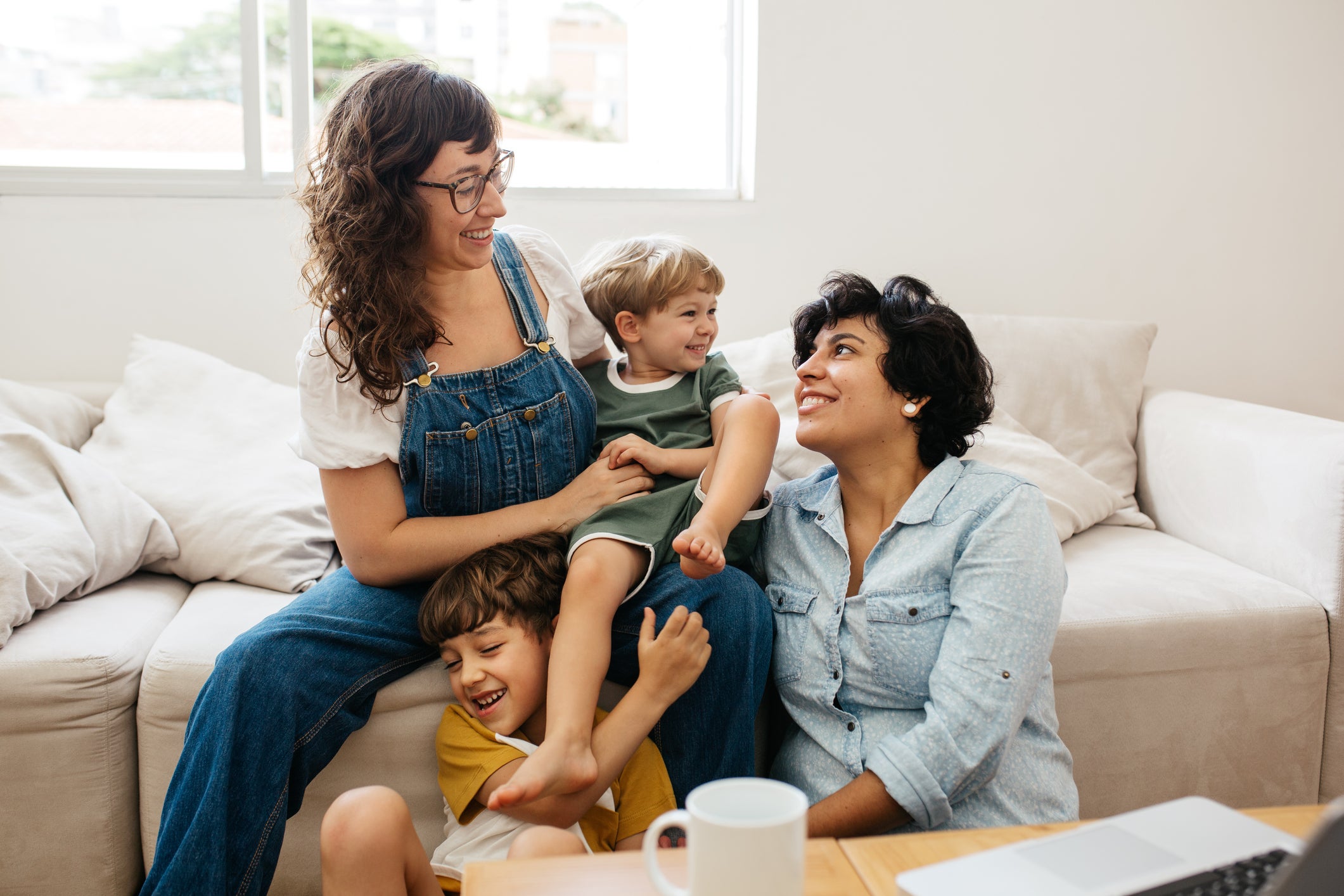Why are lesbians still invisible in popular culture?
The problem is women are still seen largely through the male gaze


Your support helps us to tell the story
From reproductive rights to climate change to Big Tech, The Independent is on the ground when the story is developing. Whether it's investigating the financials of Elon Musk's pro-Trump PAC or producing our latest documentary, 'The A Word', which shines a light on the American women fighting for reproductive rights, we know how important it is to parse out the facts from the messaging.
At such a critical moment in US history, we need reporters on the ground. Your donation allows us to keep sending journalists to speak to both sides of the story.
The Independent is trusted by Americans across the entire political spectrum. And unlike many other quality news outlets, we choose not to lock Americans out of our reporting and analysis with paywalls. We believe quality journalism should be available to everyone, paid for by those who can afford it.
Your support makes all the difference.I’m looking for a greeting card in a high street store, and it’s amusing to see how many feature slogans like “Yaaaaaaas Kween” or “U Okay Hun?”, or feature the faces of the Queer Eye cast. It is as amazing as it is icky to see gay and drag culture both celebrated and appropriated by mainstream commercialism.
Yet here we are, during Lesbian Visibility Week – the big brands are out to show their support with rainbow flags and “yas kweens”. We now live in a society where, if it makes them some dineros, they’re all about solidarity. Never mind that they were nowhere to be seen back in the days when we really needed some solidarity.
But, much of what’s celebrated is gay male culture. I wonder why lesbian culture has never captured public attention or admiration or joy in the same way. You’d be forgiven for not even knowing what lesbian culture was and whether it exists. But open a copy of Alison Bechdel’s Dykes to Watch out For and you will see that lesbian culture is rich and humorous and celebratory and progressive and exciting and political and fun, and yes, even sexy.
Not in a Britney Spears making out with Madonna kind of way, but in a Cate Blanchett sliding her fingers into a pristine glove kind of way.
Consider a lesbian equivalent of Queer Eye: Four lesbians and their non-binary pal cycle from town to town liberating heterosexual women from the oppression of make-up and stilettos, help them pick out the optimum weatherproof jacket, and introduce them to the joys of homemade hummus, camping holidays and armpit hair.
But a show that celebrates women becoming less attractive to men? Never.
The problem is women are still seen largely through the male gaze. Queer women are either hypersexualised – as is evidenced by the plethora of male directors who seem preoccupied with filming lengthy prurient lesbian sex scenes from Blue is the Warmest Colour, The Handmaiden, Disobedience, yes, even the wonderful Carol, and the most recent Benedetta.
Or queer women are entirely desexualised. Remember when AA Gill dismissed Clare Balding as “a dyke on a bike”? Or Trump’s repeated digs at Rosie O’Donnell? We might even consider the underlying lesbophobia of the Chris Rock and Will Smith debacle. Why is a bald – or butch – woman something to be ridiculed? And then, Will Smith leaping up to protect his wife’s honour – from what? Being teased as a butch? Defending her femme-ness and heterosexuality? Her honour being contingent on those things?
Even Pride in London was once heard to bemoan “the hairy lesbians muscling in“. When the LGBTQ+ community is talking about lesbians in this way, what hope is there for the rest of the world?
And this doesn’t even begin to scratch the surface. I haven’t even begun to speak of the sexual and physical violence meted out against lesbians globally. From the women beaten up on a London bus, to the horrors of “corrective rape” experienced by black lesbians in South Africa, to the horrific attack on Teresa Butz and Jennifer Hopper, a lesbian couple in America who caught the eye of a passer-by – a story that has kept me lying awake in fear, readjusting my curtains and triple checking my locks more nights than I care to remember.
Queer women live in constant fear of male violence. Too often, lesbians talk about sitting in the back of an Uber, feeling uncomfortable, and unlinking hands with their partners, or making up some lie about a husband waiting at home. Too often do lesbians opt for date nights at home, because being flirtatious or PDA in public attracts too much unwanted attention, sometimes sexualised, often abusive.
Imagine the collective weight of that fear, abuse and ridicule as it sits on lesbian shoulders every day. Fear, abuse and ridicule that is almost never acknowledged more widely.
It occurred to me, while watching the beautiful productions of Angels in America, The Inheritance, and The Normal Heart, or the TV show, It’s a Sin, and witnessing the swathes of gay men who finally felt seen, heard, held, represented and loved by a society that had abandoned them for so long - that stories are a way in which we heal past wounds.
When I started writing a play about a lesbian choir, I wanted to provide that same space for lesbians. I wanted to explore the struggles faced by queer women, and for those women to come together to finally hear their stories told with love and empathy; to see their lives celebrated in the most joyful way.
Award-winning playwright Iman Qureshi’s new play “The Ministry of Lesbian Affairs” premieres at Soho Theatre from 5 May - 11 June
Join our commenting forum
Join thought-provoking conversations, follow other Independent readers and see their replies
Comments